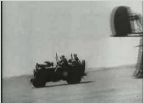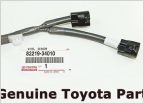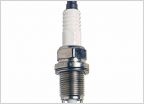-
Welcome to Tacoma World!
You are currently viewing as a guest! To get full-access, you need to register for a FREE account.
As a registered member, you’ll be able to:- Participate in all Tacoma discussion topics
- Communicate privately with other Tacoma owners from around the world
- Post your own photos in our Members Gallery
- Access all special features of the site
SOLVED! Post 2853 Leaking Injectors, Dealer Techs Rock! Extended Cranking after Engine Swap 3.4L 5vz
Discussion in '1st Gen. Tacomas (1995-2004)' started by lovemytacolots, Dec 5, 2014.
- Thread Status:
- Not open for further replies.
Page 97 of 336
Page 97 of 336
- Thread Status:
- Not open for further replies.


 High idle problem
High idle problem Duplicolor Color Matched Spray Paint
Duplicolor Color Matched Spray Paint Who doesn't use a torque wrench?
Who doesn't use a torque wrench? Top end maint. replace/clean injectors? gaskets? sensors? hoses? what else?
Top end maint. replace/clean injectors? gaskets? sensors? hoses? what else? Replaced plugs and wires, truck not starting
Replaced plugs and wires, truck not starting






